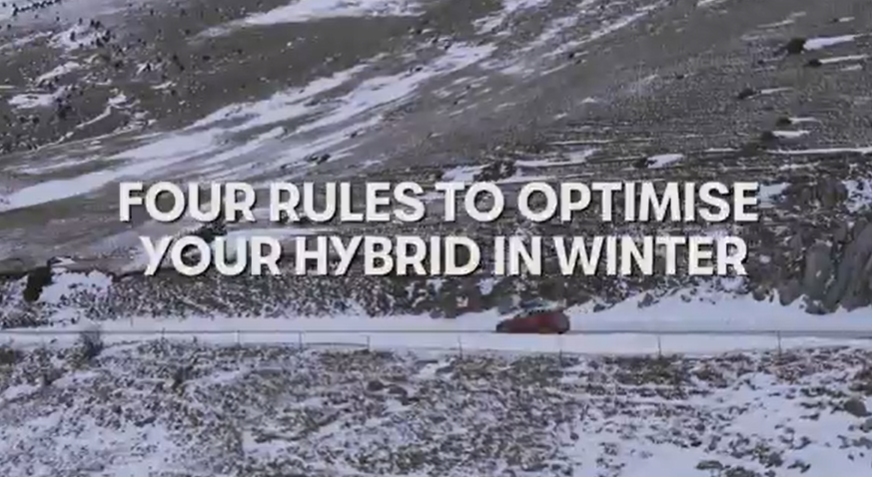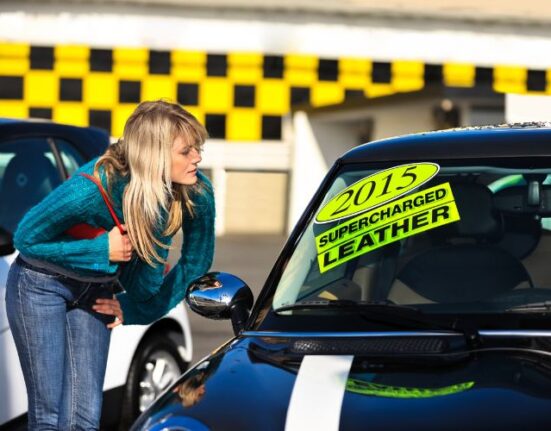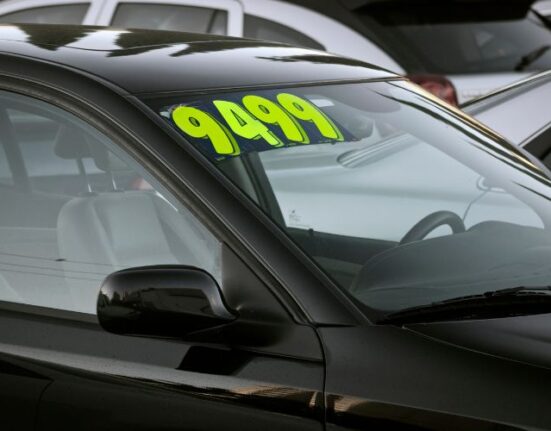With the arrival of winter, the outside temperature in many European countries is below freezing first thing in the morning. We know the general effects of the cold on our vehicles, but how does it affect plug-in hybrid cars? Below are four tips to get the most out of your car this winter.
1.- Charge the battery while the car is warm. The battery range of a plug-in hybrid in electric mode can be affected by low temperatures but the battery system has different functions and energy management methods that help to mitigate this effect as much as possible. “The cold affects battery performance due to the electrochemical processes that take place inside the Lithium-Ion cells” points out Francesc Sabaté, head of Energy Systems Development at SEAT. “The best thing is to charge the battery in an enclosed area out of the cold right after driving to maintain the temperature of the battery, which consequently improves the efficiency of the charging process” explains Francesc. The new SEAT Leon e-HYBRID can be fully charged in 5 hours with a conventional plug and in just under 4 hours (3 hours and 40 minutes) with a Wallbox quick charge point.
2.- Pre-heat the interior of the car. There is no perfect temperature for travelling by car, as the weather outside influences the inside. Even so, the electrical components perform most efficiently at 21.5º-22ºC, which is considered a suitable temperature. In order to reach this comfort temperature without putting a strain on the battery’s operating range “the best solution is to turn on the car’s heating or activate the heated seat and steering wheel functions remotely using the SEAT Connect app a few minutes before getting into the car, with the vehicle still connected to the charger” Francesc recommends. “This way the interior of the vehicle will be warm when you get in, without the need to use battery power to achieve this once you start your journey” he adds.
3.- Turn on the ignition in combustion mode. In very cold weather you should leave your car plugged in while it is parked so that you can activate the pre-heating function and warm up the battery prior to beginning your journey. Only in this case, as the engineer advises, “the vehicle will start off in combustion mode, which will raise the temperature after a short while for the correct use of the battery.” The extreme weather testing that these electric vehicles undergo ensures that they operate optimally under these conditions.
4.- Drive smoothly. Smooth driving is always key to reducing consumption. In a plug-in hybrid car, moreover, it is really necessary when setting off in the middle of winter, as the electric motor delivers all its thrust from the start. Furthermore, driving gently helps the car add to its energy supply via regenerative braking. For example, in the case of the Leon e-HYBRID “when you take your foot off the brake pedal, without the mechanical brakes acting, the kinetic energy from the braking is converted to electrical energy and stored for later use” concludes Francesc. This can increase the battery’s range on the same journey with otherwise more aggressive braking.

















